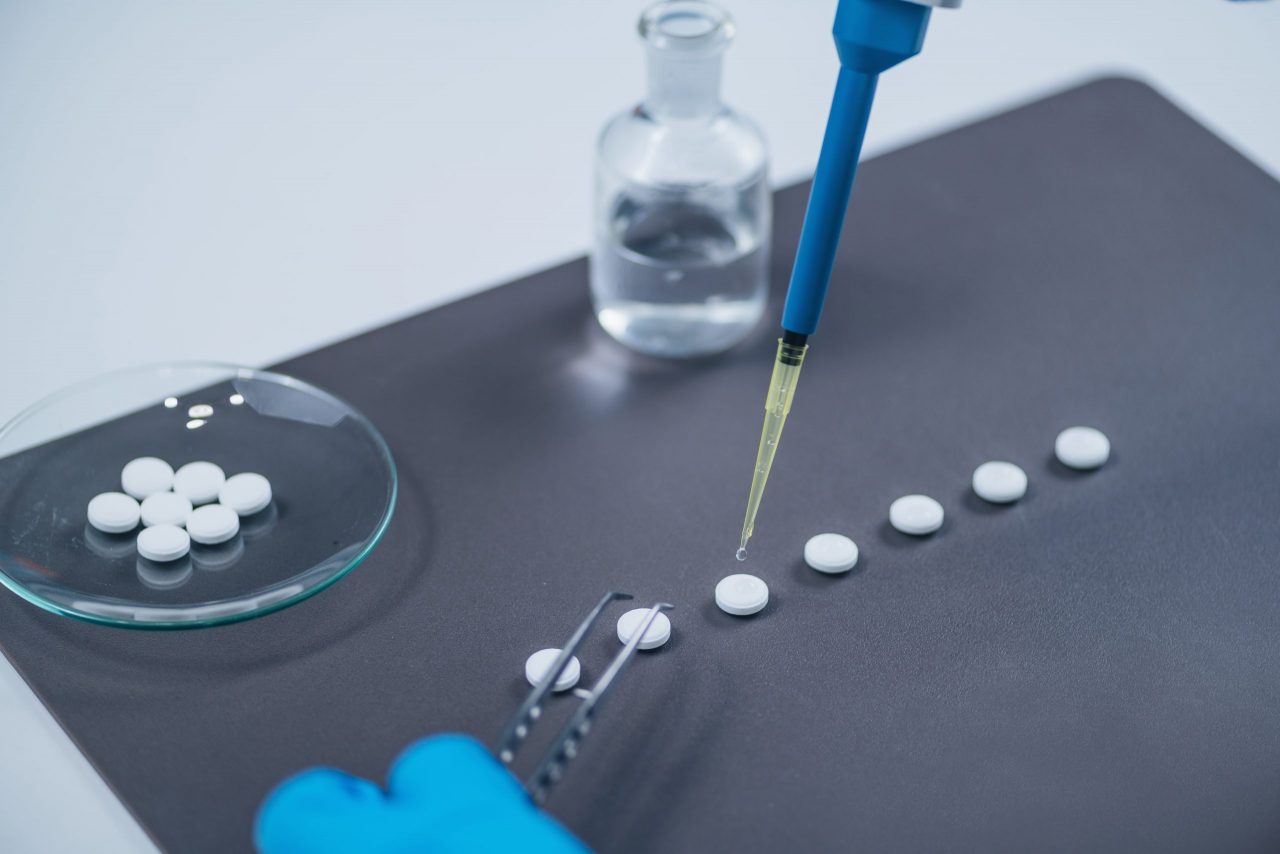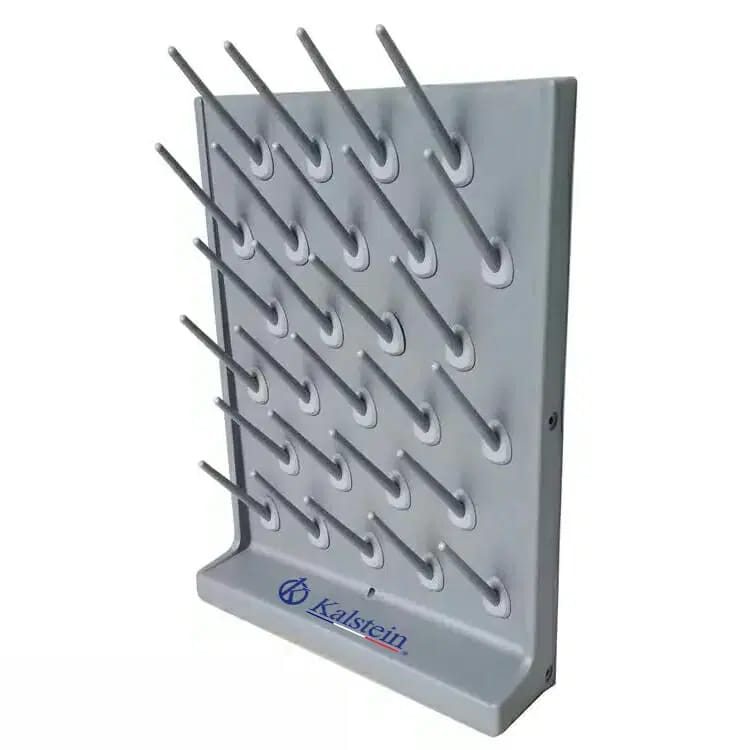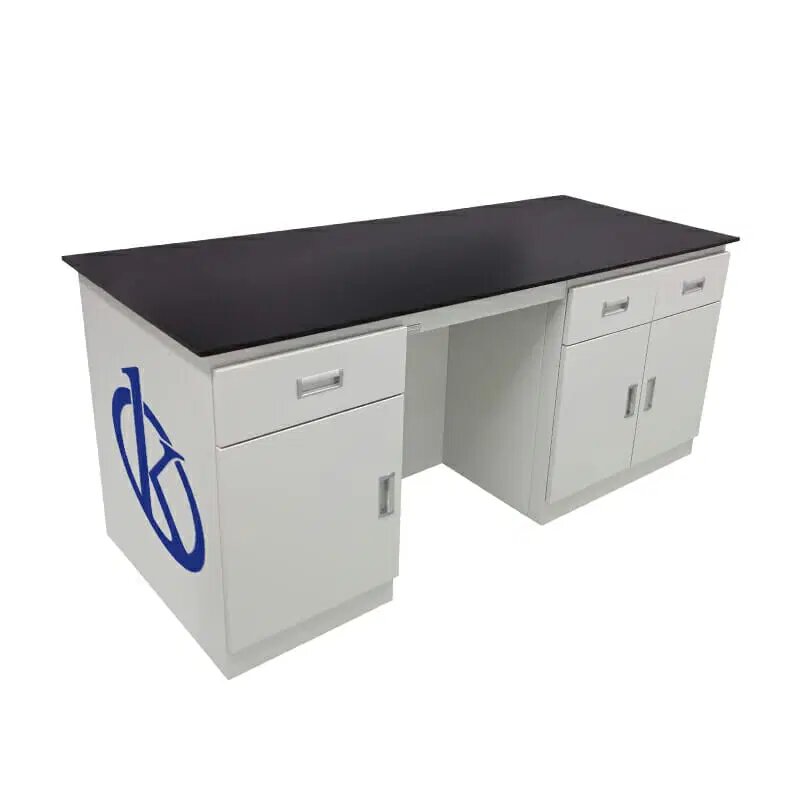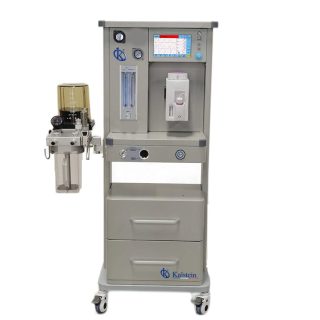Micropipettes are very precise measuring instruments for handling aqueous solutions. Within this type of micropipettes we can differentiate the manually operated (analog) and the electronic ones. Although both types of pipettes work with the air chamber pipetting system, they present certain differences in terms of format and mode of use.
These devices allow the liquid to be aspirated thanks to the partial vacuum that is generated when the piston moves upwards in the body of the pipette. As the piston moves upward, the air in the tip rises to fill the space previously occupied by the piston, and the air in the tip is then replaced by the liquid. In laboratories the ability to accurately and reproducibly measure and transfer small volumes of liquids are key to obtaining optimal results. That is why to measure volumes less than 1 mL, the most common method to measure liquids is through the use of a micropipette.
The volumes that can be captured by the micropipettes vary according to the model: the most common, called p20, p200 and p1000, admit a maximum of 20, 200 and 1000 μl, respectively.
It is noteworthy that the use of micropipettes allows the use of different liquids without having to wash the equipment: for this, disposable plastic tips are used, which are usually sterile. There are several types of tips: for example, yellow tips for pipetting small volumes (eg 10 µl), and blue ones for pipetting large volumes (eg 1000 µl).
Types of micropipettes
In the market we can find different types of micropipette. Which are differentiated by the operation it has and by the number of tips. Specifically we can say that there are four types. Although we can find different models with some variations, but the design is always the standard. There are several types of micropipettes, among which are:
- Manual micropipettes where the volume to be aspirated is set by turning a button on the top that is connected to an analog volume confirmation system, and automatic micropipettes, in which said system is digital.
- Simple micropipettes only accept one tip at a time, and multi-channel micropipettes, which allow you to place several tips (for example, eight), absorbing the same volume in all of them.
Pipetting technique for clear liquids:
- The top button is pressed gently to the first stop.
- The tip is immersed in the solution that needs to be pipetted, making sure that the tip is well placed and that there is no type of residue between the tip and the body of the pipette.
- Hold the pipette vertically while taking the solution.
- To discard the solution from the tip, press the button to the second stop.
and. Discard the tips using the ejector provided with the pipettes.
Pipetting technique for liquids with high viscosity:
- Press the upper button to the second stop.
- Dip the tip into the solution (2-3 mm) and release the button slowly. The tip has to be well filled.
- Discard the liquid from the tip by gently pressing the top button to the first stop.
At Kalstein we are MANUFACTURERS and we offer you new micropipettes at the best PRICES on the market. So we invite you to take a look at the Products menu. HERE




